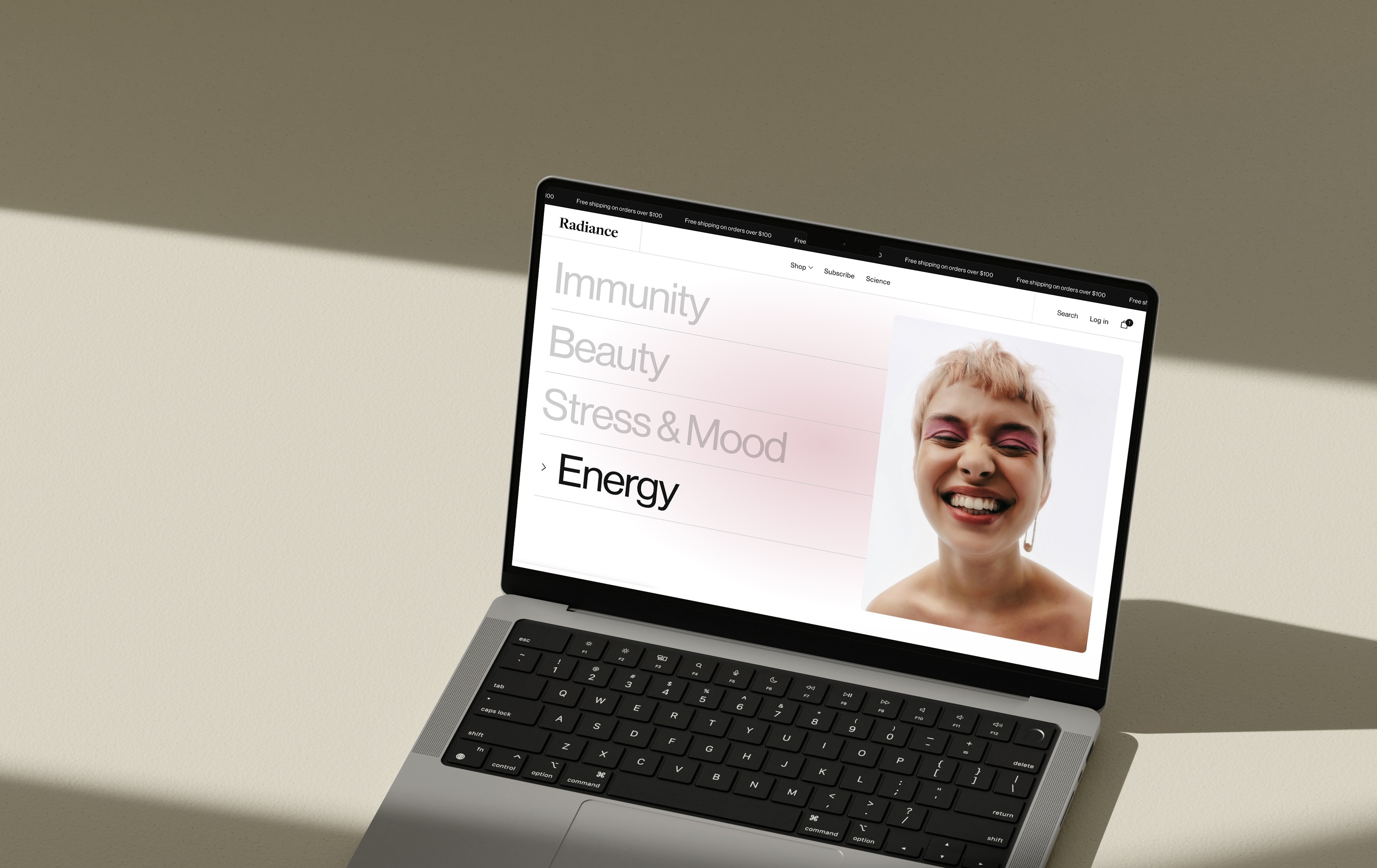Shopify

14.10.24
/
7 min.
by
Mint Lane Team
Share Article
As a direct-to-consumer (DTC) brand, finding the right platform to build your online store is one of the most critical decisions you’ll make. Shopify has emerged as the top choice for many new and growing DTC brands due to its blend of user-friendliness, scalability, and powerful features that support businesses at all stages.
To truly maximize Shopify’s potential, it’s important to understand how to leverage its features strategically. Below, we’ll explore why Shopify is ideal for emerging DTC brands and offer actionable tips to ensure you get the most out of it.
1. User-Friendly Yet Powerful Enough for Growth
One of the standout benefits of Shopify is its user-friendly interface. Whether you’re a solo founder or part of a growing team, Shopify allows you to get your online store up and running with minimal technical skills. The platform offers a wide range of customizable themes, enabling you to create a store that reflects your brand’s personality without needing to write a single line of code.
However, Shopify’s simplicity doesn’t limit its capabilities. It’s designed to grow alongside your brand, offering advanced features like multi-channel selling, automated marketing tools, and integration with key apps to help your business scale.
✱ Tip: If you’re just starting, choose a simple theme that speaks to your brand’s aesthetic. As you grow, consider professional design customizations that enhance the user experience, making your site more engaging and interactive.
2. Mobile-First Design
In the DTC space, mobile commerce is rapidly becoming the dominant form of shopping. Shopify’s mobile-first approach ensures that your store looks and performs beautifully on any device, whether customers are shopping from their phones, tablets, or desktops.
While Shopify’s mobile-responsive themes are a great starting point, optimizing your mobile experience is crucial for increasing conversions. Simplifying navigation, ensuring fast load times, and creating a seamless checkout experience are just a few ways to keep your mobile visitors engaged and ready to buy.
✱ Tip: Regularly test your Shopify store on mobile devices. Small improvements like reducing the number of steps in the checkout process or optimizing image sizes for faster loading can significantly impact your mobile conversion rate.
3. Built-In SEO and Marketing Tools
Getting your DTC brand in front of potential customers can be a challenge, especially in the crowded e-commerce space. Shopify comes equipped with robust SEO features to help your store rank well on search engines like Google. From editing meta tags to creating SEO-friendly URLs, Shopify allows you to fine-tune your store for better search visibility.
Additionally, Shopify offers seamless integrations with marketing tools like Google Analytics, Facebook Ads, and email marketing platforms. This means you can track customer behavior, launch targeted campaigns, and even retarget customers who abandoned their carts—all within the Shopify ecosystem.
✱ Tip: Invest time in creating product descriptions that are both SEO-friendly and engaging. Use keywords naturally and focus on the benefits your products offer to improve organic traffic and attract the right audience.
4. Customizable and Scalable for Long-Term Growth
Shopify’s infrastructure is built for scalability. Whether you’re selling 50 products or 5,000, Shopify can handle your growth. As your DTC brand evolves, you can add advanced features like product bundles, subscription services, or wholesale options.
Customizing your Shopify store is also key to differentiating your brand from competitors. While pre-built themes are great for getting started, a fully customized design ensures your store feels uniquely yours and aligns with your brand identity.
For example, we worked with More Labs to create a custom Shopify experience that showcases their wellness products in a sleek, visually engaging way. By customizing their theme, we helped create a seamless user journey that reflected their brand’s vibrant energy while boosting conversion rates.
✱ Tip: As your store grows, regularly assess whether your current design and functionality meet customer needs. Investing in custom features like personalized recommendations or a streamlined checkout process can enhance the shopping experience and increase sales.
5. Data-Driven Decision Making with Analytics
Shopify’s built-in analytics tools provide invaluable insights into your customers’ behavior. Whether it’s tracking sales trends, monitoring site traffic, or reviewing product performance, Shopify’s data gives you the information you need to make informed decisions about your marketing strategy, product offerings, and overall business growth.
By consistently analyzing your store’s data, you can identify opportunities for improvement—whether that’s optimizing your product pages, refining your pricing strategy, or enhancing your marketing efforts.
✱ Tip: Set up Google Analytics alongside Shopify’s native analytics to get a deeper understanding of your customer’s journey. Use these insights to adjust your site’s design, product offerings, and marketing campaigns for optimal performance.
Ready to take your Shopify store to the next level?
Shopify offers everything you need to build and scale your DTC brand, but maximizing the platform’s potential often requires expert guidance. At Mint Lane Studio, we specialize in designing Shopify stores that are both beautiful and optimized for growth.
Let’s chat about how we can help you create a custom Shopify experience that drives results for your brand. Contact us here to learn more about our services and how we can work together.

Other Articles


